Remember Popeye perchance? Now the real olive oil
Ostuni, southern Italy.
For foodies.
 Popeye the Sailor Man had a girl called Olive Oil whom he dearly loved. Whenever she was in danger, out came Popeye’s can of spinach to revitalise him and rush with super human strength to save her.
Popeye the Sailor Man had a girl called Olive Oil whom he dearly loved. Whenever she was in danger, out came Popeye’s can of spinach to revitalise him and rush with super human strength to save her.
In southern Europe there is a deep love for the real olive oil. Great strength and endurance is needed to make it. No spinach involved. (Too young to remember Popeye?)
Let’s proceed. The countryside here is covered all over with olive trees, some hundreds of years old with gnarled, almost torture-sculpted trunks
From ancient times, it was a hardy task to reap the wild trees (olea Europaea) of their abundant fruits of many colours.
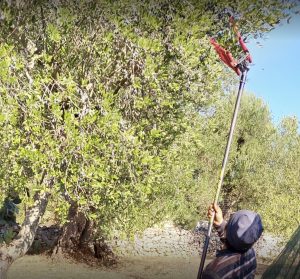 This harvest time, machines strip the trees. Rake-like vibrating twinblades need strength to be held aloft for hours on end to dislodge the crop from foliage and branches 5-meters up.
This harvest time, machines strip the trees. Rake-like vibrating twinblades need strength to be held aloft for hours on end to dislodge the crop from foliage and branches 5-meters up.
Less demanding of Popeye-type strength, another piece of equipment shakes the very foundations of a tree to force the olives to fall into nets spread out below.
The harvest is collected in crates, weighed and pressed – squeezed and separated from pips and stalks – into an oil that oozes out of a spout in chartreuse, vivid green to you and me, to be tested and tasted for the intensity of the flavour.
If the oil measures 0.8 percent or less in acidity it is “olio extra vergine (extra virgin)” that can sell wholesale for about $15 a litre in shipments to America. Non-virgin olive oil can have acidity levels up to 2.0 percent. The local crop in Puglia, which produces 40 percent of Italy’s entire output, comes from both small family plots and large business farms whose owners show obvious joy and happiness at a quality outcome. (My host’s oil measured a gleeful 0.2 percent acidity).
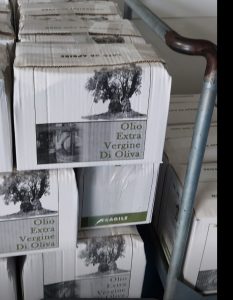 The market price has gone up this past year because of weather changes, shortages in the supply and demand chain across southern Europe. That has prompted thefts of newly pressed oil at mills and unharvested, unguarded olives.
The market price has gone up this past year because of weather changes, shortages in the supply and demand chain across southern Europe. That has prompted thefts of newly pressed oil at mills and unharvested, unguarded olives.
The texture of new oil changes as it ages over days, weeks and months. To connoisseurs, low acidity gives it a fruity foretaste followed by spicy tones and a balanced aftertaste, as wine buffs might say about their own vintages.
The oil can also have an earthiness, tinges of apple or a “tang of vanity” discernible, apparently, to expert taste buds.
Ergo, there’s much more to olive oil than meets the eye.
Like Popeye covets and defends his Olive, Italian chefs (in the kitchen sense, not chefe/chiefs in the southern African political sense) treasure theirs and won’t use anything else for cooking and lavish daily spreads of fresh salads replete with herbs, many growing wild in the countryside.
For me, olive oil is to be savoured and it is streets ahead of its corn and seed-based alternatives. It might make a cook and a gourmet of me yet … if I can afford it.
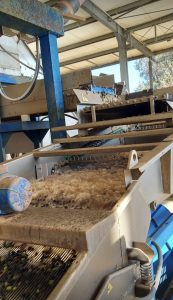
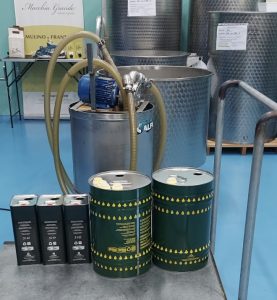
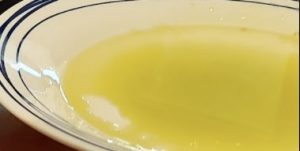
The very fresh oil, tasted with little pieces of bread
Post Script for Africanists: Ugandan dictator Idi Amin went into exile in 1979, leaving behind in his Command Post a 16mm film collection of classic boxing matches and his favourite cartoons Tom and Gerry, Mickey Mouse and, of course, Popeye the Sailor Man.
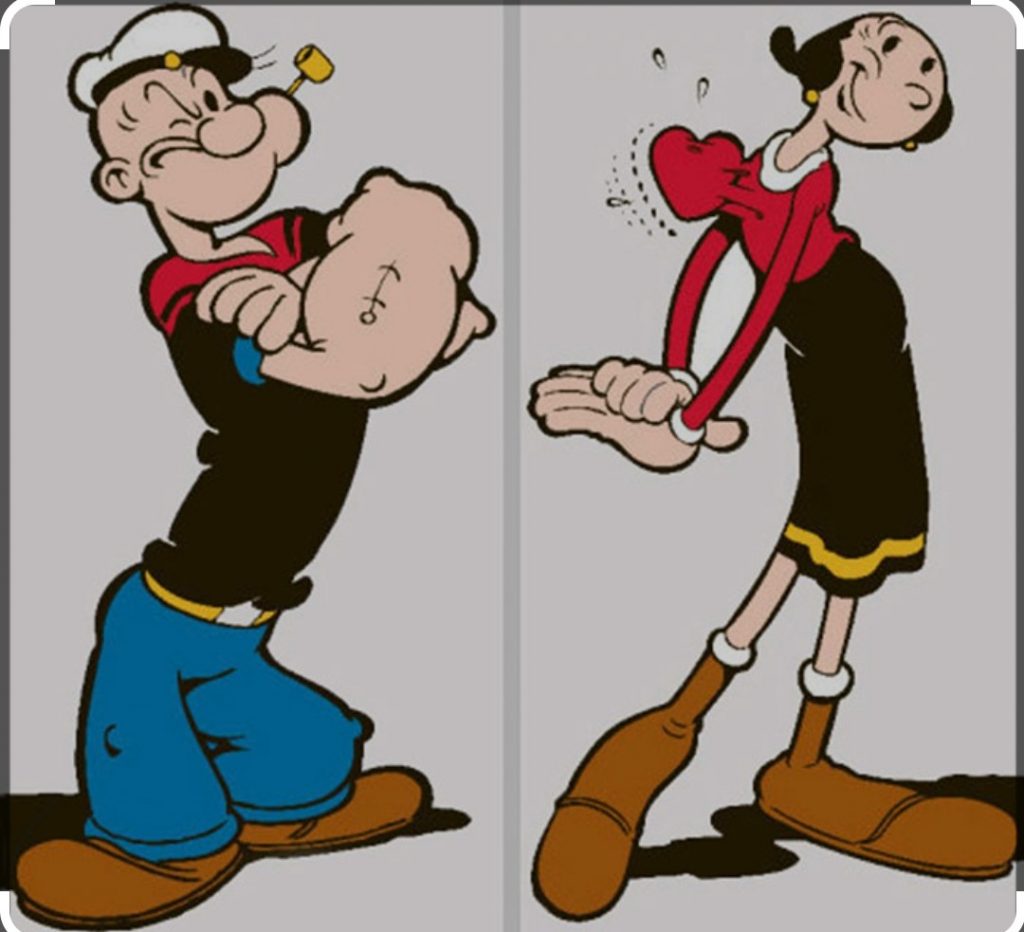

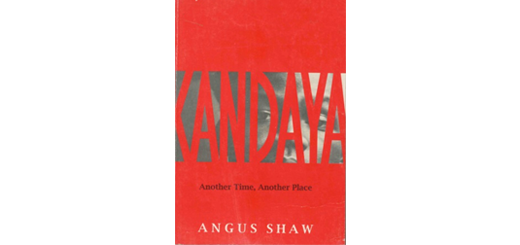
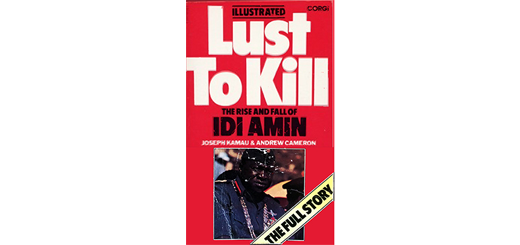
Goose as a foodie…who’d have believed it?